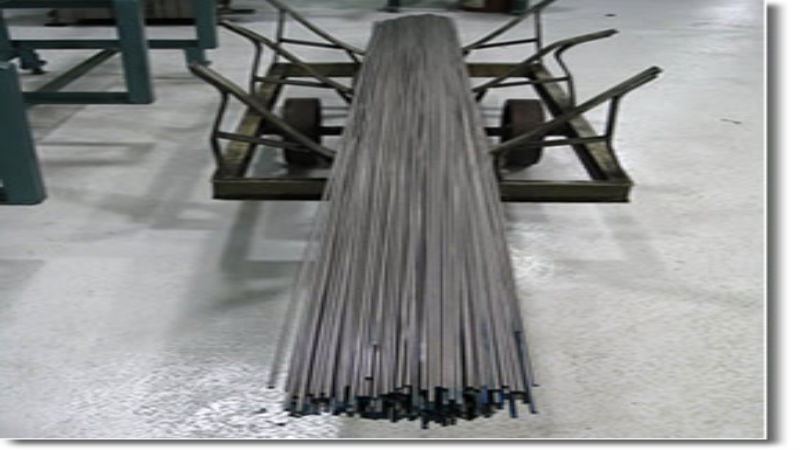Internal diameter or “I.D.” grinding focuses on finishing the interior of a hole. An Internal grinding machine consists of two principal components:
-
A workhead
-
A wheelhead
Internal grinding method is an effective method of removing rapidly, precisely and efficiently removing tiny amounts of metal.
Application and Misalignment
Internal grinding machines have the goal of producing the right finish, form, and shape of the inside diameter of a workpiece. However, if any of the machine’s key components fall out of alignment, it will negatively affect the results. This is valid even if the lack of balance or alignment is as little as 0.001″. To address the situation requires examining and assuring the alignments of both the workhead spindle, the grinding wheel spindle and the grinding wheel truing/dressing device as well as the “X” and “Z” slides of the ID machine.
In order to ascertain whether alignment is true, it becomes important to organize the following
-
Straight Line Movements: The movements of both the “X” and “Z” slides must be even and rigid. If the “Z” slide becomes worn or loose, the grinding wheel will no longer follow the straight line it requires and result finally in the production of poor part forms
-
Centerlines: Those of both the workhead and grinding wheel spindles must be
-
in the same plane as the “Z” axis
-
parallel with the “Z” axis
-
This becomes imperative to check when several spindles are available to address different wheel speeds. Always make certain to establish or reestablish alignment every time an operator changes the spindle.
-
Truing/dressing device contact point: They must be in the same planes instituted by both grinding wheel and work head spindles
Internal Grinding Machines
Grinding is exacting work. It demands the machinery be precise. In order for an internal grinding machine to operate efficiently and effectively, it must always be in alignment. Operators need to ensure this occurs.

